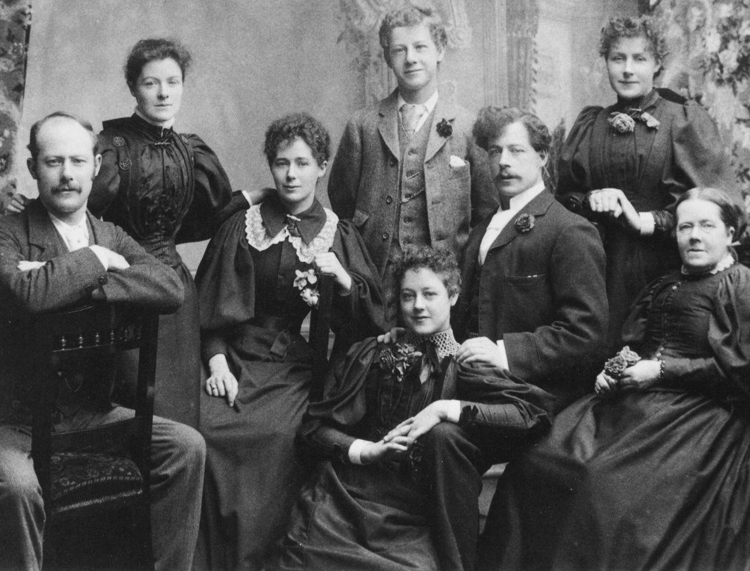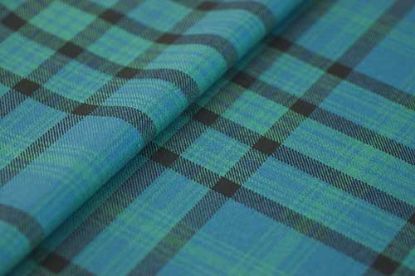Scottish Genealogy - Tracing Your Scottish Ancestors.
TRACING your Scottish ancestors has never been simpler. All that is needed is a name or two and an approximate location as to where they were domiciled. The next step is to try an Internet search, but remember to take into account that surnames can have different spellings. Robert Burns, for example, was the son of William Burnes. The great eighteenth century philosopher David Hume spelled his surname with a ”u” whereas his brother preferred an “o”. It all adds to the excitement of the chase.
 |
Victorian Scottish family |
All of our ancestors are interesting since they were all necessary in handing down life to us, and, on that basis, we owe it to them to find out who they were, and what they did, good or bad. Most of us know a little about our grandparents, but remarkably few of us can go further back than three generations, which is a shame as it does suggest a lack of respect.
All of us are who we are because of our genetic make-up. How disappointed our forebears would be to know how soon they have been forgotten, especially when it has never been easier to re-connect with the past. All that is required to find out more about them is a desire to do so, and a certain amount of time and patience.
In centuries past, births, marriages, and deaths were recorded in bibles passed down through the generations, but how many of these have survived? Across the centuries so many families have been broken up and scattered through no fault of their own but as a result of poverty, unhappy liaisons, blood feuds and rivalries, wars and emigration. In the relentless dispersal of communities, so much has been lost, but thankfully not irretrievably.
Today, genealogy, coupled with ancestral tourism, is big business. Even the Scottish Government and Visit Scotland have got in on the act by seriously promoting their interlinking web sites at Ancestral Scotland and Scotland's People. Never before has finding out who you are been so simple.
All of Scotland's local census records, which begin on the night of 6th June 1841, can be sourced on-line. If you know the town, village, district or parish in which your ancestors lived, the information you can unearth with just a few clicks of your mouse can be a revelation.
In 1841, the gathering of census information was undertaken in each Scottish county, with Scotland divided into enumeration districts, based largely on the existing parishes. Larger or more populous parishes were sub-divided to enable the enumerator to gather all the necessary information within the day. Thereafter, the same procedure was followed at ten year intervals to the present day.
Church records also provide a useful source of reference, but you must take into account that it was only after January 1855 that civil registrations was made compulsory, regardless of religious denomination.
From then on death records showed the date, time and place of death, the deceased's name, sex, marital status, age and occupation, cause of death, duration of last illness, doctor's name and details of the informant. In addition, they indicated the usual residence, the deceased's place of birth, spouse's name, and their parents' names and occupations and whether they were deceased; also the names and ages of children, or age and year of death if the child pre-deceased the parent.
























